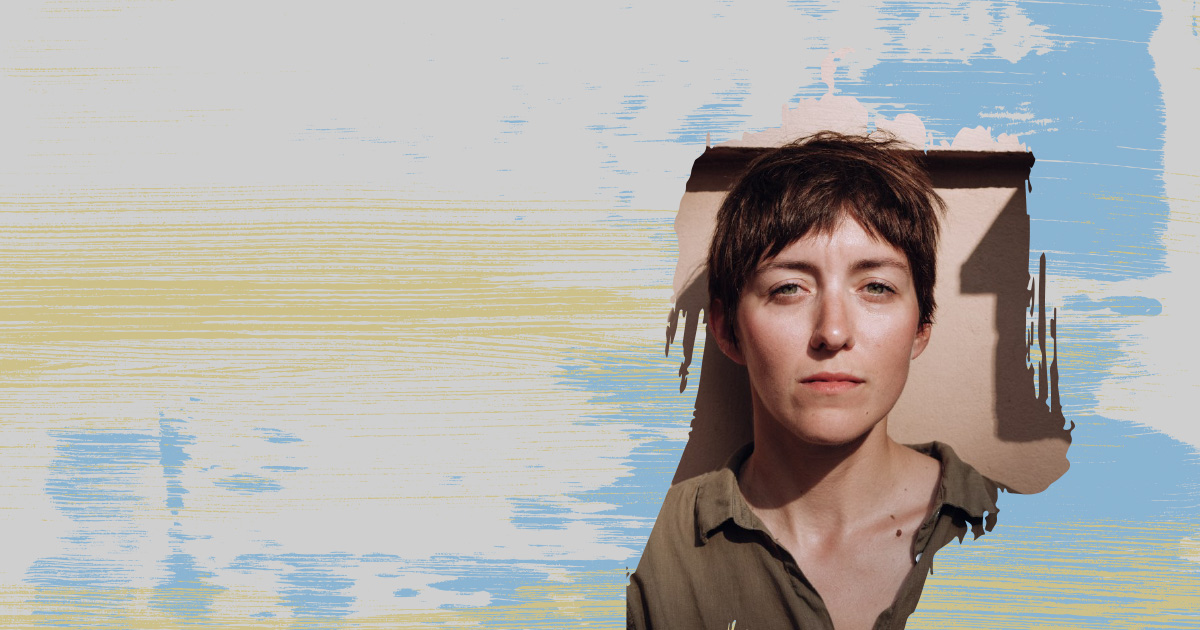Artists Against War: The Visual Language of War. An Interview with Nataliia Shulga

Svidomi in collaboration with Artists Against War, an online gallery of posters created to support Ukraine after the Russian full-scale invasion, tell the stories of the artists who help Ukraine by means of art. Read an interview with the illustrator Nataliia Shulga.
— What was your main activity before February 24?
— I was working, and I am still working as an architect at BURØ, and, as an illustrator, I also get private orders from various publishing houses and projects.
— The beginning of the full-scale invasion, what was it like for you?
— I was in Kyiv, on the left bank of the Dnipro River. As usual, I woke up after my alarm clock beeped, and saw a message from my sister in which she offered to come to her place, saying that it would be easier together. I didn't understand what she meant, and when I started to read the news, I realised that the full-scale invasion had begun. My flat was undergoing some renovation then, and on February 24, the workers were supposed to come to my place and lay the tiles in the kitchen. I texted them: "Well, probably don't come to work today" (laughing).
As a matter of fact, when I actually realised what was going on, it was difficult: a state of shock, tears, confusion, and not knowing what to do.
I drew my first illustration dedicated to the war in the morning of February 24, in order to calm my thoughts and just do something regular and comprehensible.
I stayed in Kyiv for a few more days, and then left with my family for the town of Drohobych. In early April, I moved to Lviv, and I am still here, but not due to the reasons of physical safety. In general, one can return to Kyiv, but this is a story about my relationship with Lviv.
— What did drawing mean to you in the early days of the invasion?
— I think that above all it was my reflection on the subject of what was going on. But I also needed drawing to calm down. On the morning of February 24, I drew an illustration with a cyclist which I called “Ride bikes, not tanks.”
I create a lot of illustrations on the topic of cycling, and I am a cyclist myself, so I wanted to create an image for this community as well.
A bicycle is associated with freedom and joy, and on February 24, the understanding came to me that a big part of life connected with it was coming to an end.
Most of my illustrations were my need to express myself and translate my feelings into images.
In my opinion, illustration is about communication, about helping others share what they feel, and about one’s own reflection.
— How has your activity changed after February 24? What is the ratio of architecture to illustration?
— Generally, architecture was put on hold for several months. As for the illustrations, during the first months I did not draw to order — those were only my images provoked by the news about the war, such as after the air strike on the maternity hospital in Mariupol, or the deoccupation of the Kyiv region. I am currently cooperating with the ReStart Ukraine initiative on the reconstruction of our country and its future. Over time, I started getting orders and commercial projects again, but, one way or another, almost all of my work is still related either to the theme of the war, or what will come after it.
— Have you noticed the interest of people from other countries on your page?
— Most of the people in my audience are Ukrainians, but there is some interest from abroad. Recently, for instance, I have got an order from the Austrians who organised the Waves Vienna Music Festival and supported Ukrainian musicians there. This is what communication with foreigners is: they turn to us, Ukrainian illustrators, so that we tell, in our own specific way, what is happening.
— In your opinion, what is the role of art in a war?
— I think there are two roles:
- Communicative — to tell other people what is going on and what we feel, especially to those who are not in Ukraine and are not experiencing a full-scale war personally. I believe that images convey feelings and emotions better, and are easier to comprehend.
- More internal and personal — images often help to digest one's own feelings and tell about them. I am happy when I see that people share my illustrations. Then I understand that I may have helped a person to talk about his/her experiences as well, so the images resonated with what this person was feeling.


